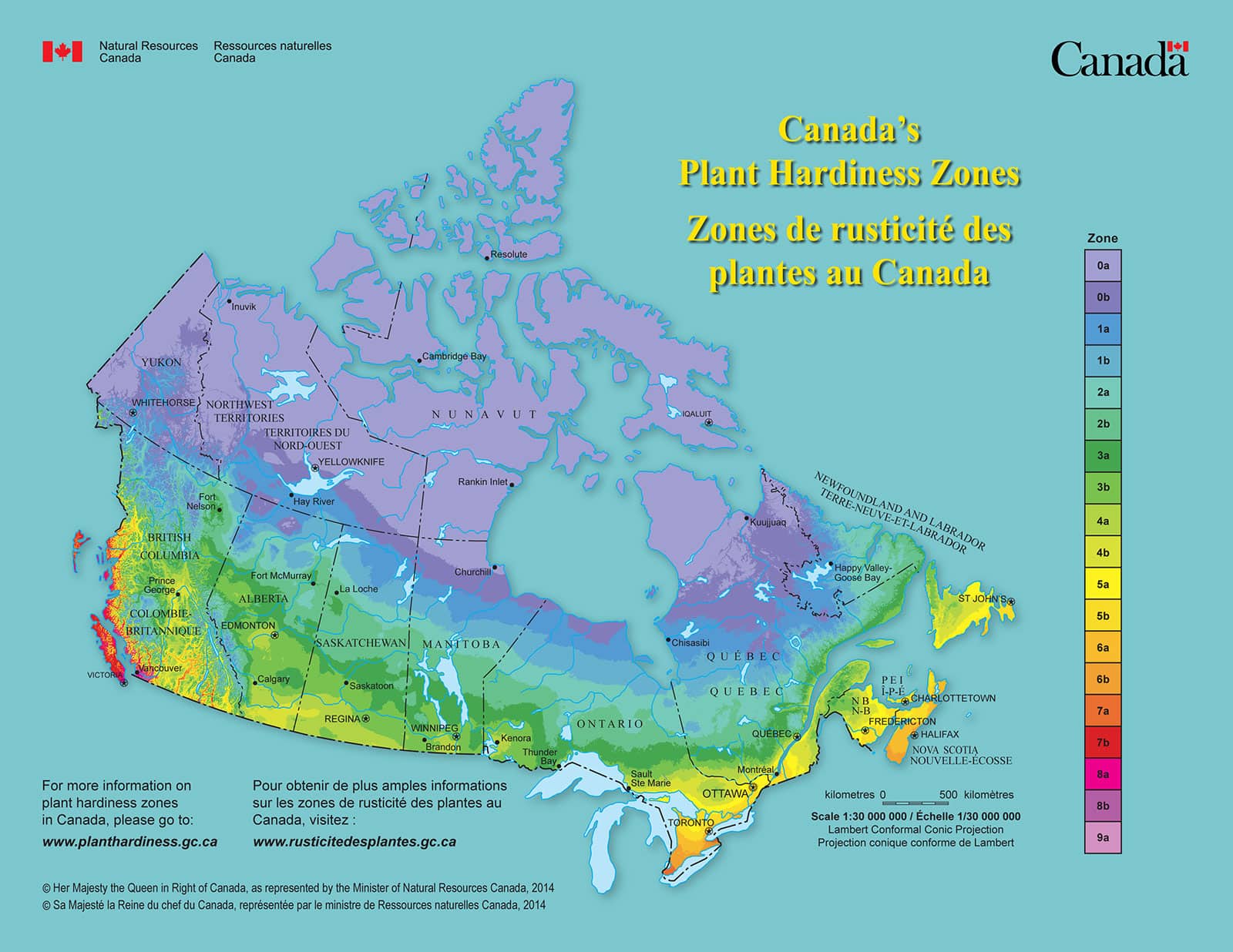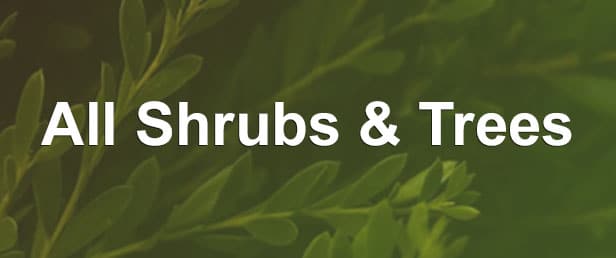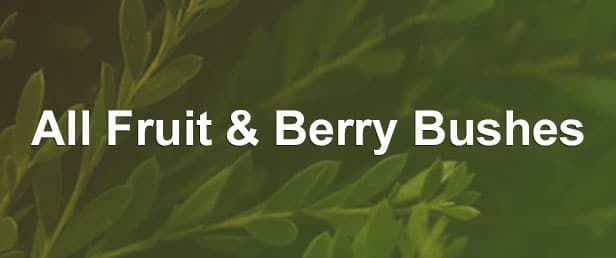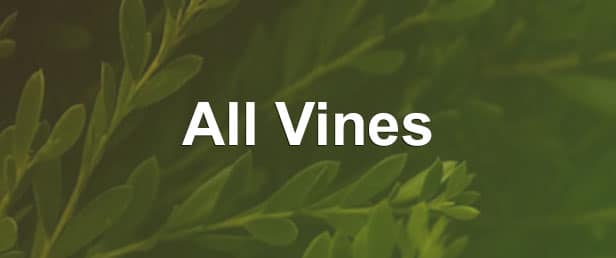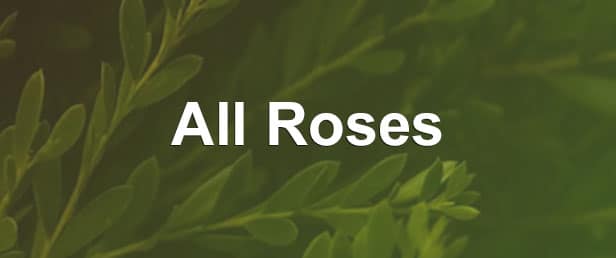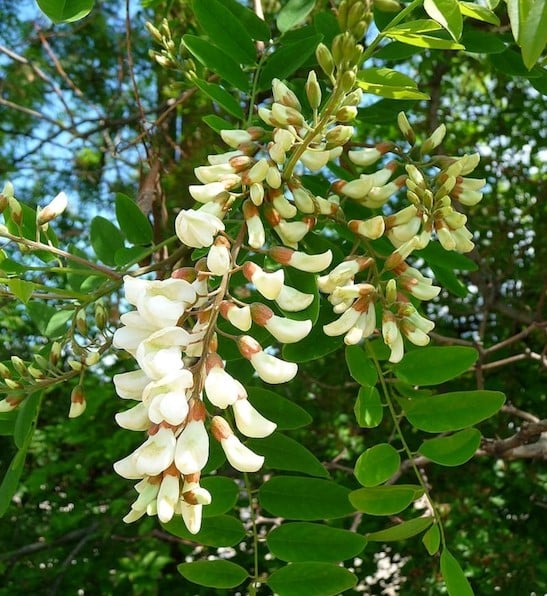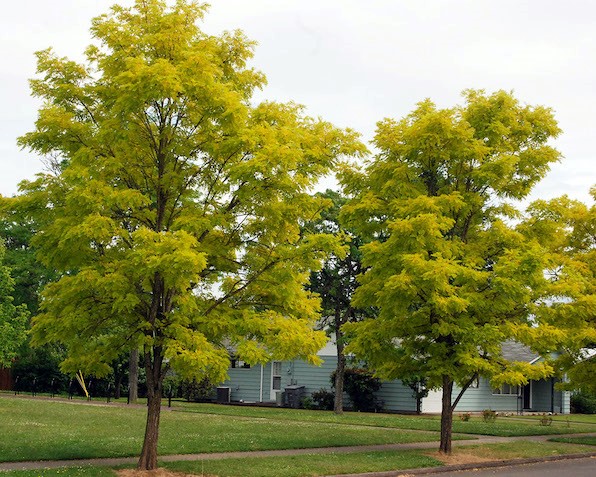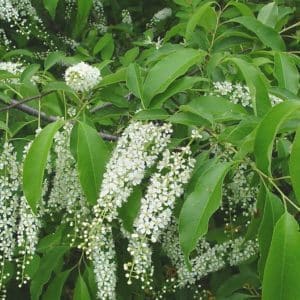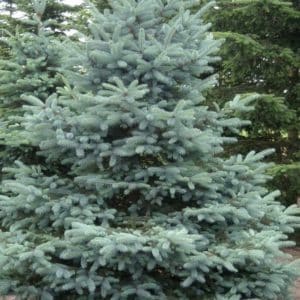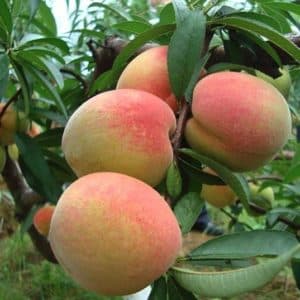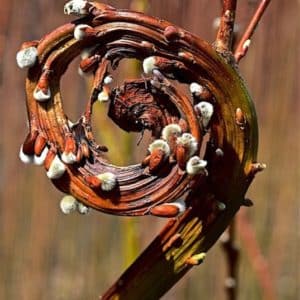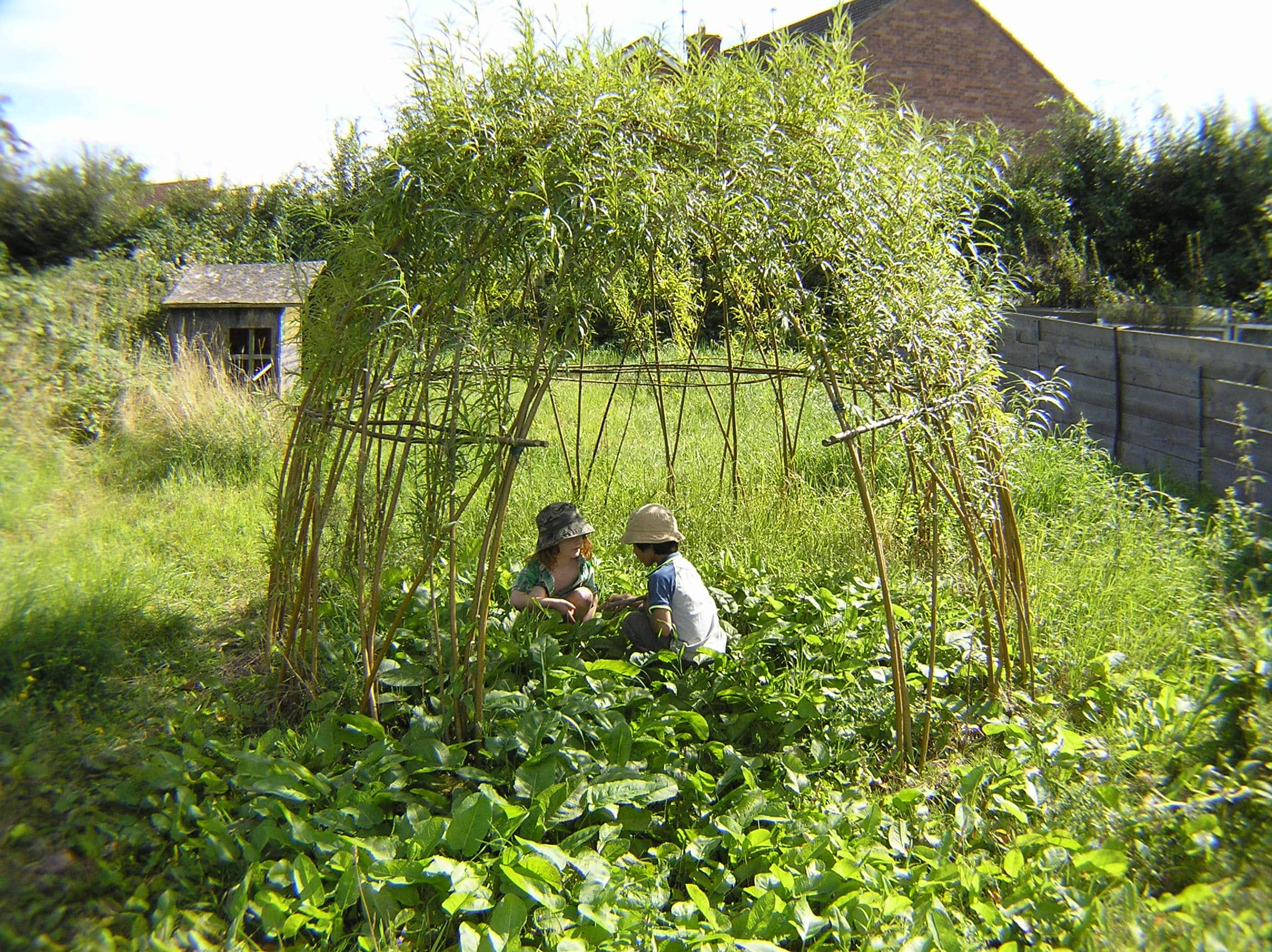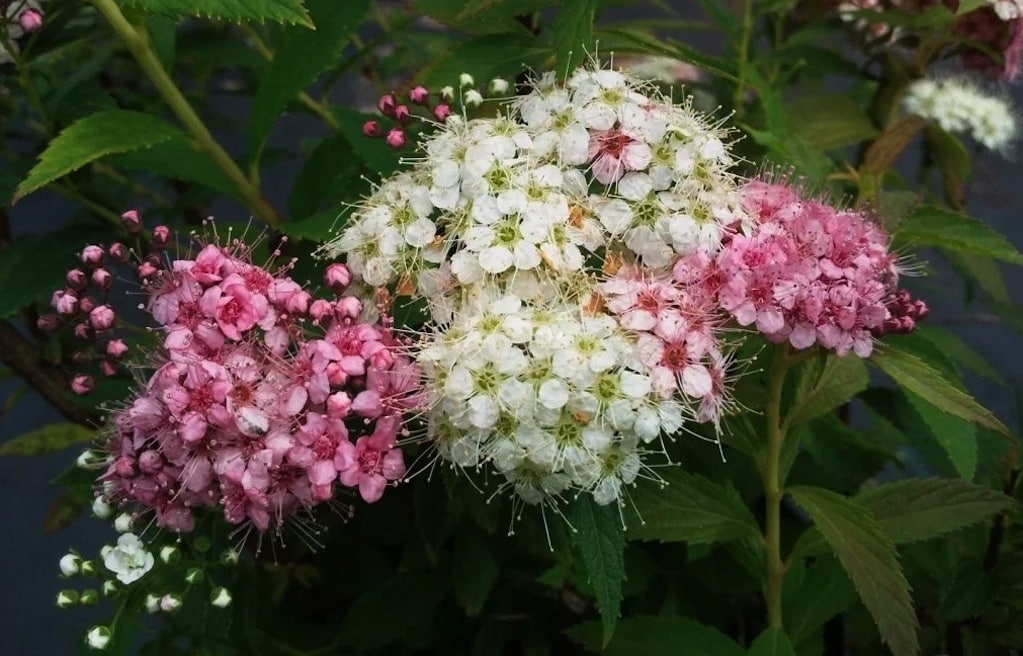
Robinia pseudoacacia
Black locust, False Acacia
- Main interest:
- fragrant white spring flowers, fast growing, nitrogen-fixing species, deer resistant, yellow foliage in the fall
- Exposure:
- full sun
- Soil humidity:
- dry to moist soil
- Flower colour:
- white with a yellow blotch
- Fragrance:
- Mildly fragrant
- Flowering period:
- May to June
- Foliage:
- green
- USDA Hardiness:
- zone 3a: -40 °C (-40 °F) View Zone Map
- Mature height & width (max.):
- height: 75 ft (23 m) width: 30 ft (9 m)
- Use:
- specimen, erosion control
Black locust is a fast growing, medium-sized tree that averages 12 to 25 m in height. Its crown is narrow with an open, irregular form and contorted branches. It has an average lifespan of 80 to 90 years.
Robinia pseudoacacia is a member of the pea family, and has fragrant drooping clusters of 10 to 25 pea-like, hanging white flowers (with a yellow blotch on the upper petal) in late spring. The trees typically flower for 10-20 days in May to June, about one month after the leaves emerge. The flowers are insect pollinated and attract hummingbirds. Its smooth, flat, dark red-brown seed pods contain 4 to 8 flat, brown, bean-like seeds. Seed pods form in fall and many persist on the tree through winter. It’s important to note that these seeds are toxic to many animals, especially horses.
The dark green pinnate compound leaves turn to a wonderful golden-yelllow in the fall, contrasting nicely with the deeply furrowed dark gray-brown bark.
A nitrogen-fixing species, Black locust will grow almost anywhere, tolerant of many types of soil. However, it is generally intolerant of shade and competition, tending to thrive in open areas. It is cold hardy and can withstand weather extremes, such as prolonged droughts. These qualities, and its fast growing nature makes it very popular for land reclamation, and erosion control.
The wood of the False Acacia has a wide variety of commercial uses, including fence posts, poles, railroad ties, ship timber, nails for wooden ship construction, pulp, crates, woodworking projects, etc. Native to Eastern United States (but not Canada), this tree is widely planted in North America, and can push out native species in some areas. It is important to plant advisedly.
$16.99 - $39.99 $16.99 - $32.99
- Main interest:
- fragrant white spring flowers, fast growing, nitrogen-fixing species, deer resistant, yellow foliage in the fall
- Exposure:
- full sun
- Soil humidity:
- dry to moist soil
- Flower colour:
- white with a yellow blotch
- Fragrance:
- Mildly fragrant
- Flowering period:
- May to June
- Foliage:
- green
- USDA Hardiness:
- zone 3a: -40 °C (-40 °F) View Zone Map
- Mature height & width (max.):
- height: 75 ft (23 m) width: 30 ft (9 m)
- Use:
- specimen, erosion control
Also known as: Post Locust, Bastard Acacia, Common Robinia, Fragrant White Locust, Yellow Locust


